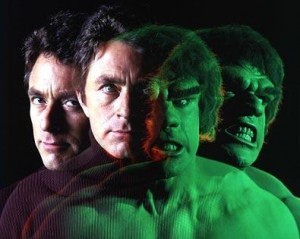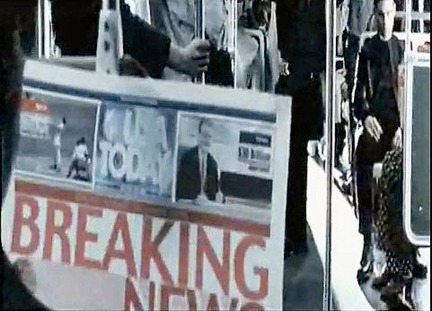A reminder of the task AQA have set you:
Analyse the cover pages of two popular magazines. How do the covers appeal to their audiences?
Word count: 750 words
10 marks
AO2: Analyse and Respond
Magazine 1: GQ OR Men's Health
Magazine 2: Glamour OR Empire
Secondly, you also need to analyse your own magazine cover. You'll get some lesson time later to finish your cover so don't worry if that's not yet complete.
You can find guidance for the layout of the Assignment 1 Analytical Task here.
Remember, you must use the official magazine Media Packs to help you with the target audience:
GQ Media Pack
Men's Health Media Pack
Glamour Media Pack
Empire Media Pack
Remember, we analyse something by explaining HOW and WHY it is produced in that way and the EFFECT it has on its audience. For an A*, you need to explain in real detail and offer alternative interpretations.
One of the ways of doing this is making sure we use those key words and phrases to show connotation:
This tells the reader...
This could signify...
A possible interpretation of this is...
The reader could infer that...
This shows the audience...
This suggests to the reader...
From this, the audience will understand that...
This connotes...
This is significant because...
This creates...
This emphasises...
Your analytical task must be completed in school and is due in the first week after Christmas - good luck!



















